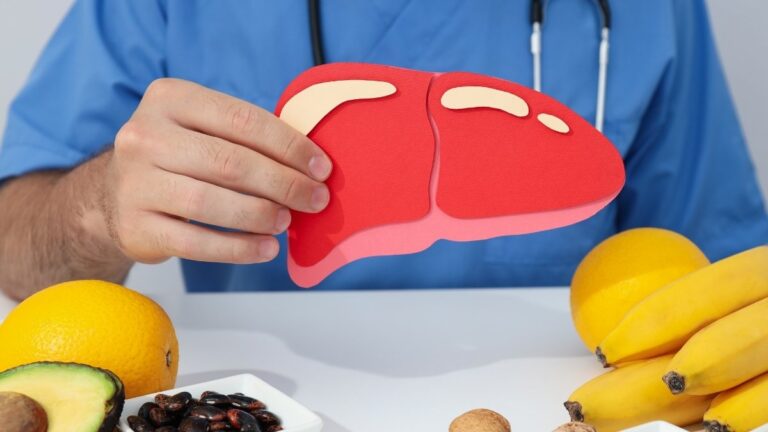15 Foods Over 50s With Arthritis Should Avoid at All Costs
If you’re over 50 and living with arthritis, your morning bagel with cream cheese might be sabotaging your joint health more than you realize.
Many adults over 50 unknowingly consume everyday foods that trigger inflammation and worsen arthritis symptoms, leading to increased pain, stiffness, and reduced mobility.
This comprehensive arthritis diet plan will reveal 15 common foods to avoid with arthritis over 50, explain why these foods trigger dangerous joint inflammation, provide simple swaps to reduce joint pain, and show how targeted diet changes can dramatically improve your daily comfort and arthritis symptoms.
🎯 Your 6-Step Success Plan
How to implement dietary changes without overwhelming yourself
Start Small & Smart
Pick 2-3 foods to eliminate first. Give yourself 2 weeks to adjust before adding more changes.
Track Your Journey
Keep a daily food and symptom diary. Notice patterns between what you eat and how your joints feel.
Add While You Subtract
Replace inflammatory foods with anti-inflammatory alternatives. Don’t just remove – replace to avoid feeling deprived.
Prep for Success
Spend Sunday cooking healthy meals. When you’re hungry and hurting, you’ll grab what’s ready.
Partner with Your Doctor
Discuss dietary changes with healthcare providers. Some medications work better with certain foods.
Practice Self-Compassion
Bad days happen. Focus on progress, not perfection. Get back on track with your next meal.
🌈 Your Anti-Inflammatory Food Arsenal
Powerful alternatives that fight joint pain and inflammation
Omega-3 Powerhouses
- Salmon & Sardines
- Walnuts & Chia Seeds
- Flax Seeds
- Mackerel
Rainbow Vegetables
- Dark Leafy Greens
- Red Bell Peppers
- Purple Cabbage
- Colorful Berries
Whole Grains
- Brown Rice
- Quinoa
- Oats
- Whole Wheat
Healing Spices
- Turmeric
- Ginger
- Garlic
- Black Pepper
Protein & Fiber
- Lentils
- Black Beans
- Chickpeas
- Kidney Beans
Hydration Heroes
- Water (8+ glasses)
- Green Tea
- Chamomile Tea
- Herbal Teas
🏆 Your Path to Joint Relief Success
Key takeaways and your next action steps
Start Small
Small changes lead to big results. Focus on 1-2 foods this week.
Add Good Foods
Fill your plate with whole, unprocessed, colorful foods.
Individual Results
Your body is unique. Track what works best for you.
Be Consistent
Consistency beats perfection. Small daily actions win.
Real Results People Experience:
🚀 Ready to Start Your Journey?
Choose ONE inflammatory food to eliminate this week and ONE anti-inflammatory food to add. Monitor how your joints respond.
Consider working with a registered dietitian who specializes in arthritis nutrition for personalized guidance.
The 15 Worst Foods for Arthritis After Age 50: What’s Making Your Joint Pain Worse
If you’re over 50 and dealing with arthritis, your kitchen might be your biggest enemy. The foods you eat every day could be making your joint pain worse. Your body changes as you age, and what you could handle at 30 might cause serious inflammation at 50.
This guide shows you exactly which foods to avoid and what to eat instead. You’ll learn why these arthritis trigger foods cause problems and get simple swaps that actually taste good.
Why Food Matters More After 50
Your immune system gets more sensitive with age. Foods that never bothered you before can now trigger inflammation that goes straight to your joints. The good news? Small changes to what you eat can make a big difference in how you feel.
Let’s look at the 15 worst offenders and how to replace them.
1. Refined Sugar and High-Fructose Corn Syrup
Found in: Sodas, candy, cookies, cakes, ice cream, flavored yogurts, breakfast cereals, and most processed desserts.

Why it’s harmful: Sugar is joint pain’s worst enemy. When you eat refined sugar, your blood sugar spikes fast. This creates something called AGEs (advanced glycation end products) in your body. Think of AGEs as rust forming inside your joints. They damage cartilage and make inflammation worse. High-fructose corn syrup is even worse because it’s processed differently by your liver, creating more inflammation.
What to eat instead: Try stevia or monk fruit for sweetening. Both are natural and won’t spike your blood sugar. Fresh berries satisfy sweet cravings and actually fight inflammation. If you need something sweet, eat an apple with almond butter or a handful of dates.
2. Processed Meats
Found in: Deli turkey, ham, bacon, hot dogs, sausages, pepperoni, salami, and pre-packaged lunch meats.

Why it’s harmful: These meats are packed with saturated fats and nitrates. Nitrates turn into compounds that damage your joints. Processing also creates those same harmful AGEs we talked about. The high sodium content makes inflammation worse. Your body sees processed meat as a threat and responds by creating more inflammatory chemicals that attack your joints.
What to eat instead: Choose fresh, lean meats like grilled chicken breast, wild-caught salmon, or turkey you cook yourself. Plant proteins like lentils, black beans, and quinoa are even better choices. They give you protein without the inflammation.
3. Trans Fats and Partially Hydrogenated Oils
Found in: Margarine, shortening, fried fast foods, packaged snacks, some crackers, and many baked goods that sit on shelves for months.
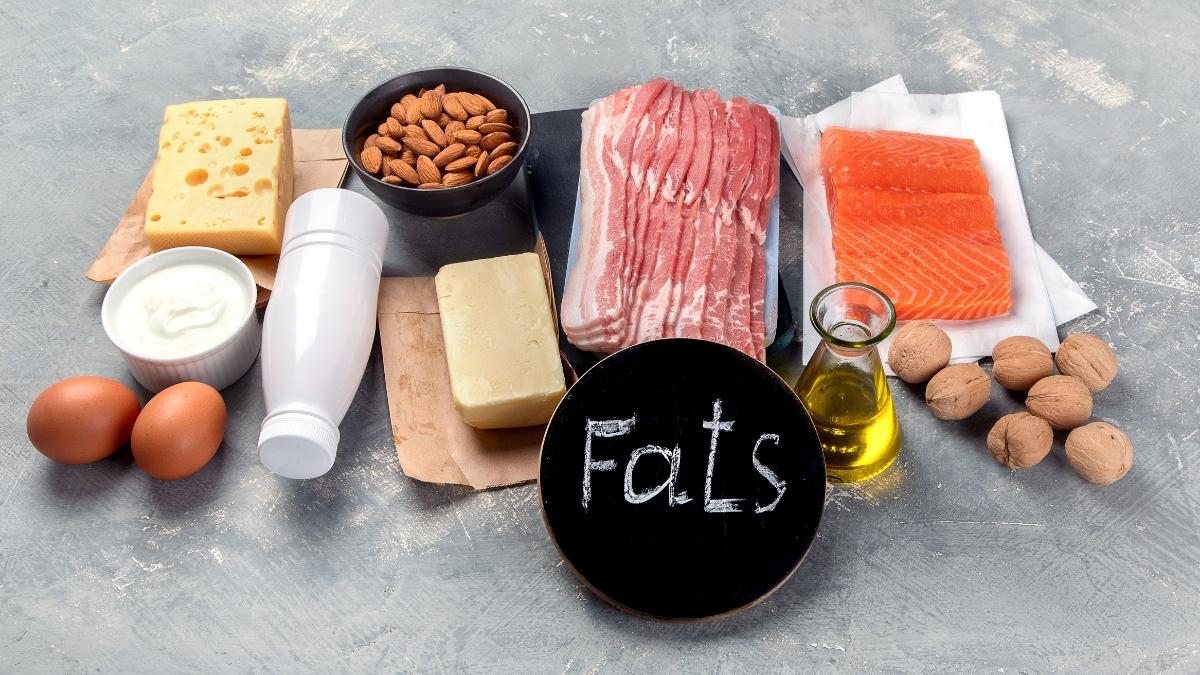
Why it’s harmful: Trans fats are man-made fats that your body doesn’t know how to handle. They increase inflammatory markers in your blood and make joint stiffness worse. These fats also mess up your cell membranes, making it harder for your body to repair damaged tissue. Even small amounts can cause problems, especially after age 50.
What to eat instead: Use olive oil for cooking and salad dressings. Avocado oil works great for higher-heat cooking. Nuts and seeds give you healthy fats that actually reduce inflammation. Read labels carefully – if you see “partially hydrogenated” anywhere, put it back.
4. White Bread and Refined Carbohydrates
Found in: White bread, regular pasta, white rice, crackers, pretzels, most breakfast cereals, and instant oatmeal.

Why it’s harmful: Refined carbs act like sugar in your body. They cause rapid blood sugar spikes that trigger inflammatory responses. The refining process strips away fiber and nutrients, leaving you with empty calories that feed inflammation. Your joints feel the effects within hours of eating these foods to avoid with arthritis over 50.
What to eat instead: Switch to whole grain bread with at least 3 grams of fiber per slice. Try quinoa instead of white rice. Steel-cut oats instead of instant. Brown rice pasta tastes great and won’t spike your blood sugar. Look for “100% whole grain” on labels.
5. Fried Foods
Found in: French fries, fried chicken, donuts, onion rings, fried fish, and anything cooked in oil at high temperatures.

Why it’s harmful: Frying creates harmful compounds that go straight to your joints. The high heat changes the oil’s structure, making it inflammatory. Fried foods are loaded with omega-6 fatty acids that throw off your body’s natural balance. This creates more pain and stiffness. The combination of bad fats and high heat is toxic to joint health.
What to eat instead: Bake, grill, or air-fry your food. Oven-baked sweet potato fries taste amazing with a little olive oil and herbs. Grilled chicken has more flavor than fried. If you want crunch, try nuts or seeds instead of chips.
6. Excessive Salt and Sodium
Found in: Canned soups, frozen dinners, restaurant meals, chips, pretzels, pickles, and most packaged foods.
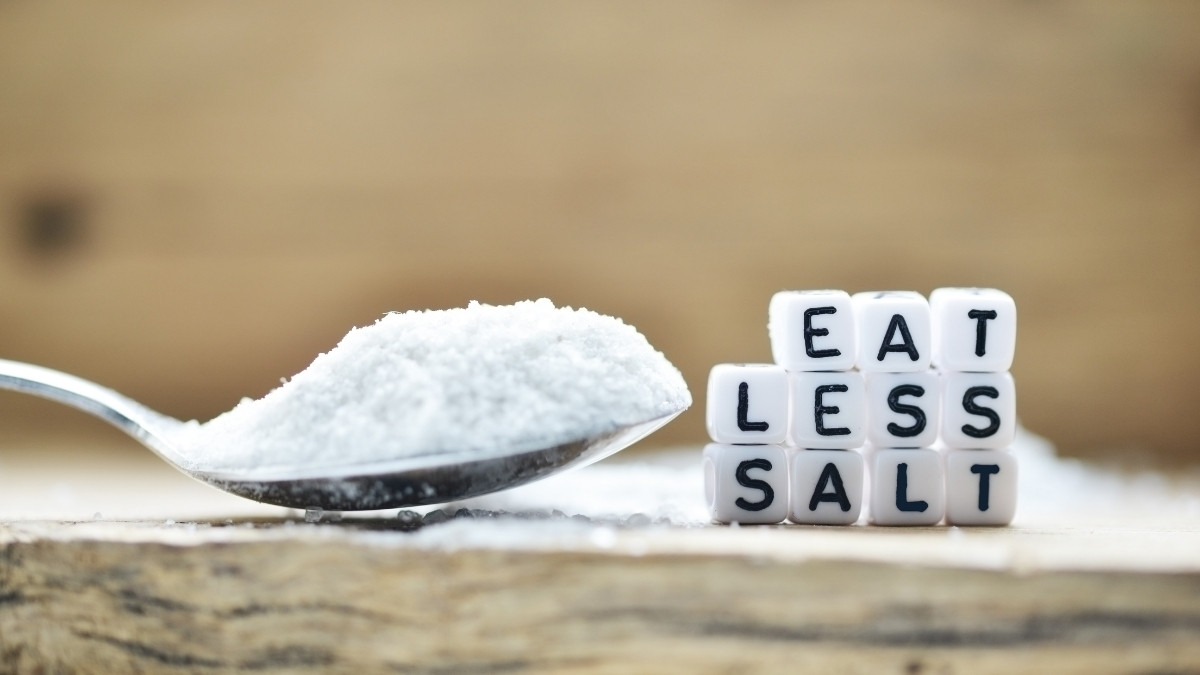
Why it’s harmful: Too much salt makes your body hold onto water. This creates swelling that puts extra pressure on your joints. High sodium also triggers inflammatory processes that make arthritis worse. Your kidneys work harder, which creates stress that shows up as joint pain. Most people eat twice the recommended amount without realizing it.
What to eat instead: Use herbs and spices for flavor. Garlic, ginger, and turmeric are natural anti-inflammatories. Try lemon juice, vinegar, or fresh herbs on vegetables. Cook more meals at home where you control the salt. Your taste buds will adapt in about two weeks.
7. Dairy Products (for some individuals)
Found in: Milk, cheese, yogurt, ice cream, butter, and foods made with milk ingredients.
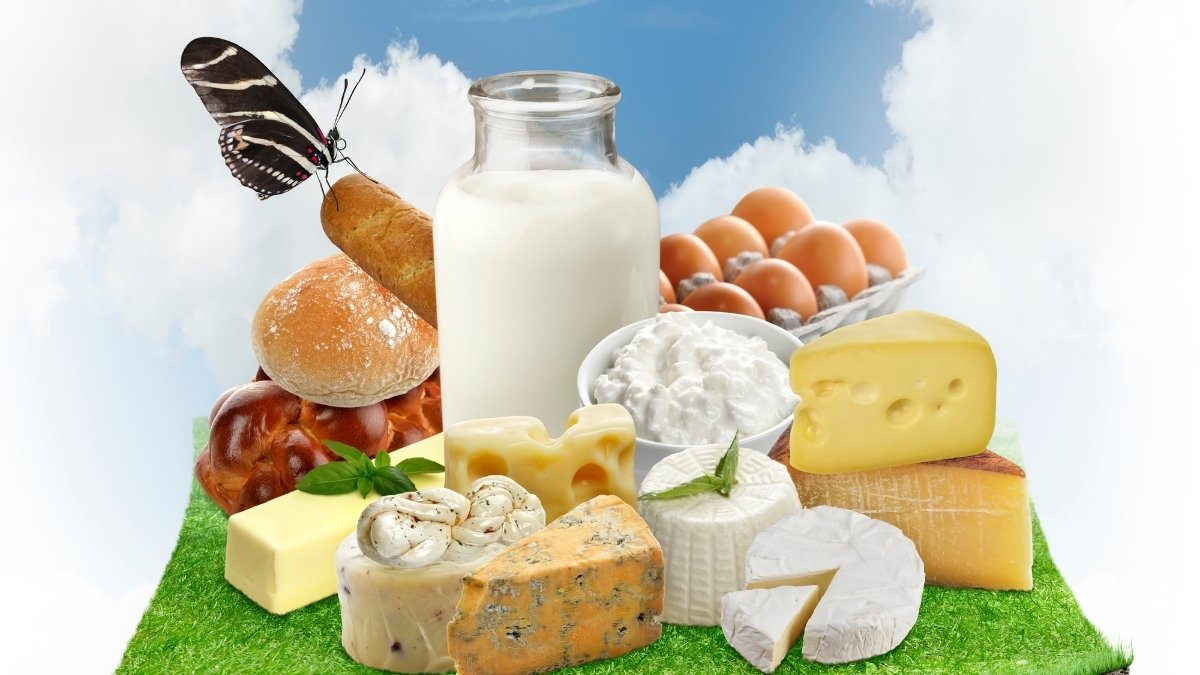
Why it’s harmful: Some people can’t properly break down casein, a protein in dairy. When this happens, your immune system sees casein as a threat and attacks it. This creates inflammation that affects your joints. Not everyone has this problem, but if you do, dairy makes arthritis much worse. The inflammation can last for days after eating dairy.
What to eat instead: Try almond milk, coconut milk, or oat milk. Coconut yogurt with live cultures supports gut health. Nutritional yeast adds a cheesy flavor to foods. If you miss cheese, try small amounts of goat cheese – it’s easier to digest than cow’s milk cheese.
8. Corn Oil and Other Omega-6 Rich Oils
Found in: Most salad dressings, mayonnaise, processed foods, restaurant cooking, and packaged snacks.
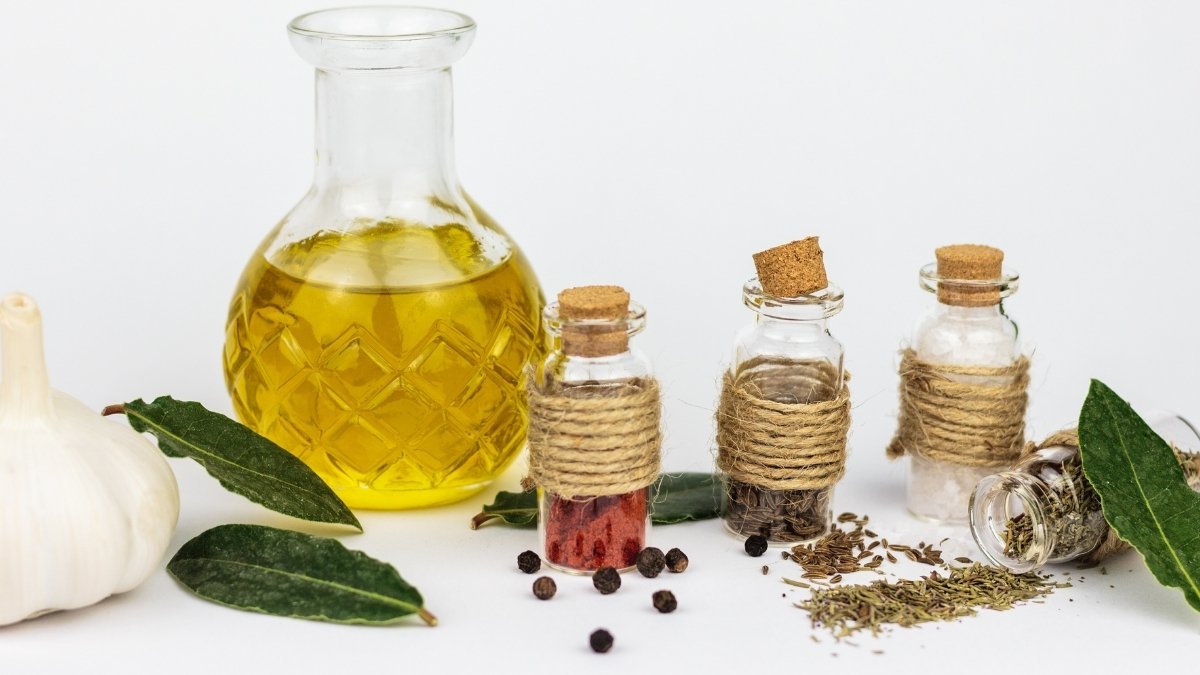
Why it’s harmful: These oils are high in omega-6 fatty acids. Your body needs some omega-6, but most people eat way too much. This throws off the balance between omega-6 and omega-3 fats in your body. The result is more inflammation and joint pain. Corn oil is in almost every processed food, making the problem worse.
What to eat instead: Use extra virgin olive oil for most cooking. Flaxseed oil is great for salads. Take a quality fish oil supplement to boost omega-3 levels. Eat more fatty fish like salmon and sardines. Check ingredient labels – you’ll be surprised how often corn oil shows up.
9. Alcohol (in excess)
Found in: Beer, wine, spirits, cocktails, and mixed drinks.

Why it’s harmful: Too much alcohol messes up your sleep, and poor sleep makes inflammation worse. Alcohol also interferes with your liver’s ability to process toxins. This puts stress on your whole body, including your joints. Some types of alcohol, especially beer, are high in purines that can trigger gout-like symptoms. Even moderate drinking can be a problem if you’re sensitive.
What to eat instead: Herbal teas like chamomile or ginger help you relax without the inflammatory effects. Sparkling water with fresh fruit gives you something special to drink. Green tea has anti-inflammatory compounds that actually help your joints. If you do drink, stick to one glass of red wine occasionally.
10. Nightshade Vegetables (for sensitive individuals)
Found in: Tomatoes, potatoes, bell peppers, eggplant, paprika, and hot peppers.
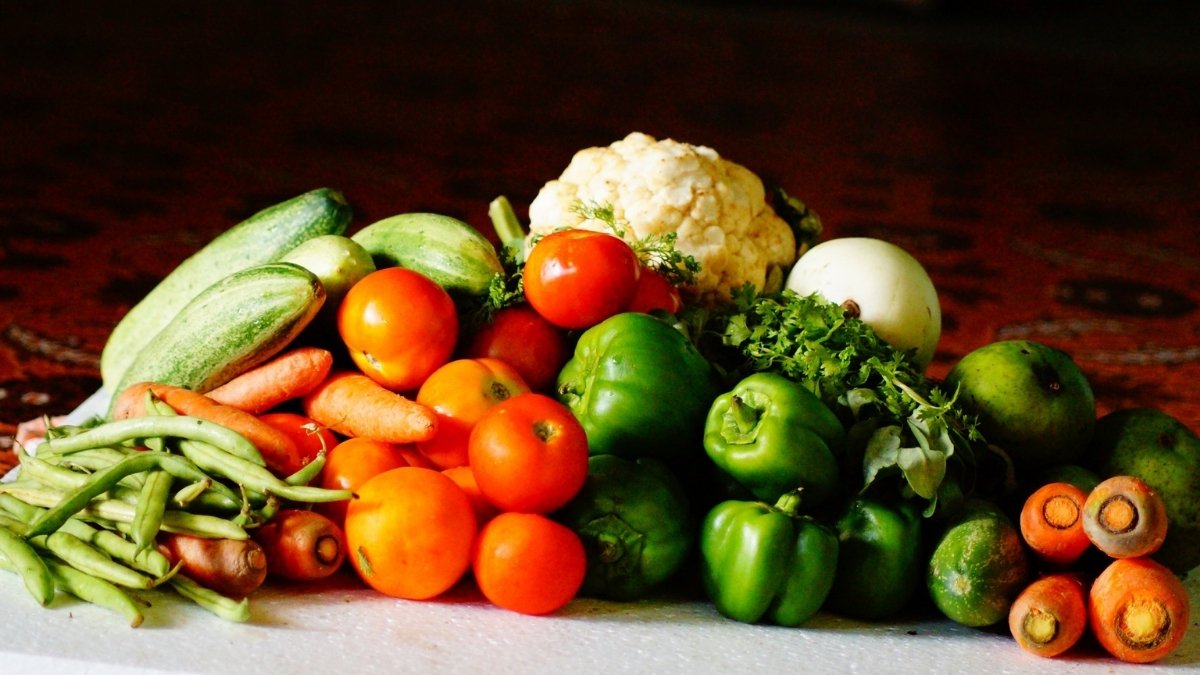
Why it’s harmful: These vegetables contain solanine, a natural compound that some people can’t handle well. If you’re sensitive, solanine can increase inflammation and make joint pain worse. Not everyone has this problem, but if you do, even small amounts can cause flare-ups. The sensitivity often develops or gets worse with age.
What to eat instead: Sweet potatoes instead of regular potatoes. Carrots, beets, and squash are great substitutes. Leafy greens like spinach and kale are always good choices. If you’re not sure if you’re sensitive, try eliminating nightshades for two weeks and see how you feel.
11. Refined Vegetable Oils
Found in: Canola oil, soybean oil, sunflower oil in processed foods, restaurant cooking, and most packaged snacks.

Why it’s harmful: These oils are highly processed using heat and chemicals. This processing creates inflammatory compounds that your body struggles to handle. They’re also high in omega-6 fatty acids, which we already know cause problems. The refining process strips away any beneficial nutrients, leaving you with pure inflammatory potential.
What to eat instead: Cold-pressed oils keep more of their natural benefits. Coconut oil is stable at high temperatures. Avocado oil works well for cooking. Always buy oils in dark bottles and store them in cool, dark places. Fresh is always better than processed.
12. High-Glycemic Fruits (in excess)
Found in: Watermelon, pineapple, dates, raisins, and other very sweet fruits eaten in large amounts.

Why it’s harmful: These fruits are healthy in small amounts, but too much causes blood sugar spikes. High blood sugar creates the same inflammatory response as eating sugar. The key word is “excess” – a slice of watermelon is fine, but a whole bowl might cause problems. Your body processes fruit sugar differently when you eat too much at once.
What to eat instead: Berries are the best fruit choice for joint health. Apples, oranges, and pears have less sugar and more fiber. Eat fruit with a handful of nuts to slow sugar absorption. Stick to one serving at a time, and choose whole fruits over juices.
13. Gluten-Containing Grains (for sensitive individuals)
Found in: Wheat bread, pasta, crackers, cereals, beer, and many processed foods that use wheat, barley, or rye.
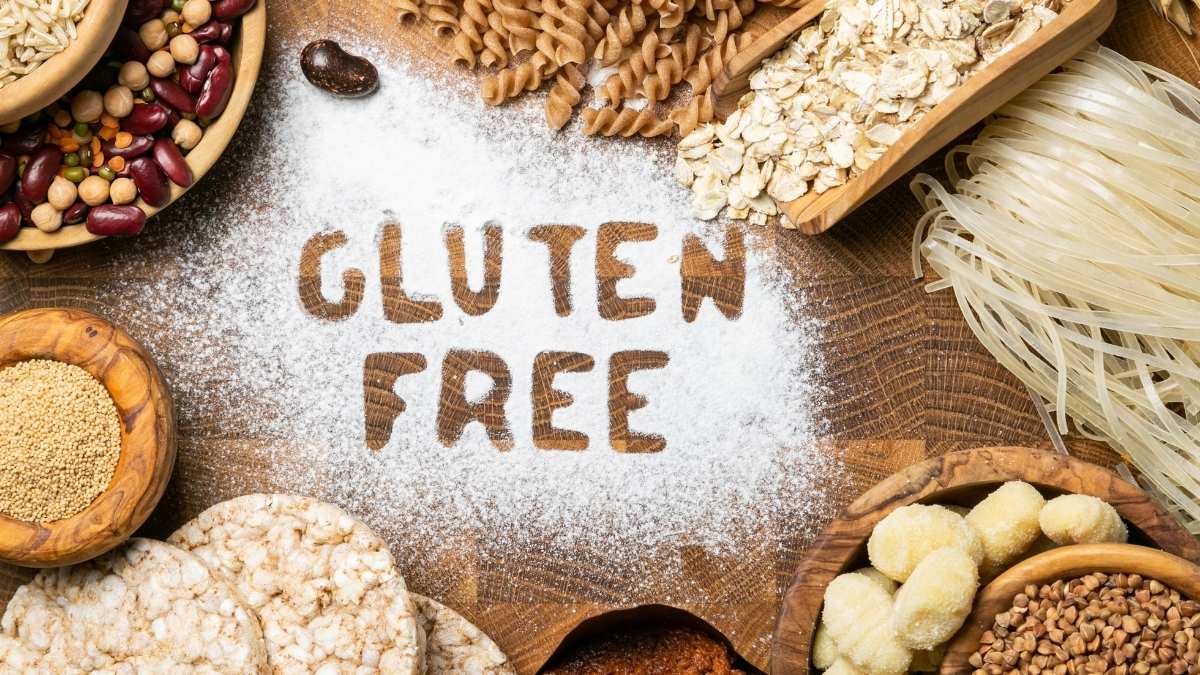
Why it’s harmful: Some people develop gluten sensitivity as they age, even if they never had problems before. When sensitive people eat gluten, their immune system attacks it. This creates inflammation that affects joints and other parts of the body. The inflammation can last for days or weeks after eating gluten.
What to eat instead: Rice, quinoa, and certified gluten-free oats are safe choices. Many stores now carry good gluten-free bread and pasta. Focus on naturally gluten-free foods like vegetables, fruits, and lean proteins. If you suspect gluten sensitivity, try eliminating it for a month and see how you feel.
14. Artificial Sweeteners
Found in: Diet sodas, sugar-free gum, low-calorie desserts, and many “diet” products.

Why it’s harmful: These chemicals can disrupt the good bacteria in your gut. When your gut bacteria are out of balance, it affects your whole immune system. Some studies show artificial sweeteners may actually increase inflammation instead of reducing it. Your body doesn’t know how to process these man-made chemicals properly.
What to eat instead: Small amounts of natural sweeteners like honey or maple syrup are better choices. Stevia and monk fruit don’t seem to cause the same problems. Train your taste buds to enjoy less sweet foods. Fresh fruit satisfies sweet cravings naturally.
15. Highly Processed Snack Foods
Found in: Chips, cookies, crackers, granola bars, and anything that comes in a crinkly package with a long ingredient list.

Why it’s harmful: These foods combine multiple inflammatory ingredients in one package. You get refined flour, bad oils, excess sodium, and artificial additives all at once. It’s like a perfect storm for joint pain. The combination is worse than any single bad ingredient. These foods also replace healthier options in your diet.
What to eat instead: Keep raw almonds, walnuts, or pumpkin seeds handy for crunching. Cut vegetables and keep them ready with hummus. Apple slices with almond butter taste great and won’t hurt your joints. Make your own trail mix with nuts and a few dried berries.
Making the Switch: Your Action Plan
Start by replacing one or two foods at a time. Don’t try to change everything at once – that’s too overwhelming. Focus on the foods you eat most often first. Keep a simple food diary for two weeks to track how different foods make you feel.
Remember, everyone is different. Some people are more sensitive to certain arthritis trigger foods than others. Pay attention to your body and adjust accordingly. The goal is less joint pain and more energy to enjoy life after 50.
How to Implement These Changes Successfully
Making big diet changes feels scary. Your joints hurt every day, and now someone tells you to give up your favorite foods? Here’s how to make it work without losing your mind.
Start small. Pick 2-3 foods from the list and cut them out first. Maybe start with soda and white bread. Give your body two weeks to adjust. Then tackle the next group.
Keep a food diary. Write down what you eat and how your joints feel each day. You might discover that pizza makes your knees ache, but ice cream doesn’t bother you much. Everyone’s body reacts differently.
Add good foods while you subtract bad ones. Don’t just take away – replace. Swap your morning donut for berries and yogurt. Trade chips for nuts. This keeps you from feeling deprived.
Meal prep saves you. Spend Sunday afternoon cooking chicken, washing vegetables, and portioning snacks. When you’re hungry and hurting, you’ll grab what’s ready. Make it the good stuff.
Talk to your doctor. They need to know about your diet changes. Some arthritis medications work better with certain foods. Others might need adjusting as your inflammation goes down.
Be patient with yourself. Bad days will happen. You’ll eat cake at your friend’s birthday. That’s normal. Just get back on track the next meal.
The goal isn’t perfection. It’s progress.
Anti-Inflammatory Alternatives to Try Instead
Your joints need fuel that fights inflammation, not foods that make it worse. Here’s what to fill your plate with instead.
Fish is your friend. Salmon, sardines, and mackerel contain omega-3s that calm angry joints. Can’t stomach fish? Try walnuts, chia seeds, or flax seeds. They work too.
Go rainbow with your vegetables. The brighter the color, the better. Red bell peppers, purple cabbage, dark leafy greens – they’re packed with compounds that reduce swelling. Frozen works just as well as fresh.
Choose whole grains over white stuff. Brown rice instead of white rice. Oats instead of sugary cereal. Quinoa instead of white pasta. Your blood sugar stays steady, and inflammation stays low.
Spice things up. Turmeric, ginger, and garlic don’t just taste good – they fight inflammation better than some medicines. Add them to everything. Curry becomes medicine.
Beans and lentils fill you up without filling you with inflammation. They’re cheap, easy to cook, and loaded with fiber that feeds good gut bacteria.
Drink more water. Dehydrated joints hurt more. Herbal teas like green tea and chamomile give you extra antioxidants while keeping you hydrated.
Berries beat candy. Blueberries, strawberries, and cherries satisfy your sweet tooth while fighting inflammation. Frozen berries work great in smoothies.
Conclusion
Changing your diet after 50 isn’t about perfection. It’s about giving your joints the best chance to feel good again.
You don’t need to eliminate all 15 inflammatory foods at once. Start with the worst offenders – maybe sugar and fried foods. Then work your way through the list at your own pace.
Focus on adding good foods while you take away the bad ones. Your taste buds will adjust. Your joints will thank you.
Every person responds differently. What triggers your neighbor’s arthritis might not bother you. Pay attention to your own body’s signals.
The changes might feel small, but they add up. Less morning stiffness. Easier walks. Better sleep. These improvements take time – usually 4-6 weeks of consistent changes.
Ready to start? Pick one food from the “avoid” list and one food from the “add” list. Make that swap this week. Notice how you feel. Then make another small change next week.
Consider working with a registered dietitian who understands arthritis. They can create a plan that fits your life, your budget, and your food preferences. Your joints deserve expert help.
Small steps lead to big changes. Your future self will thank you for starting today.







